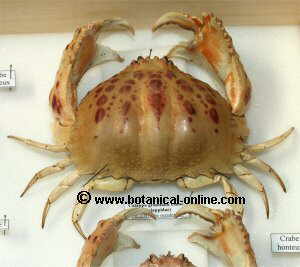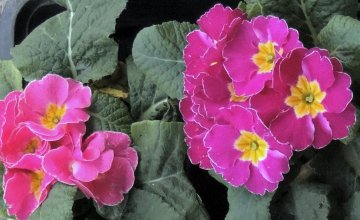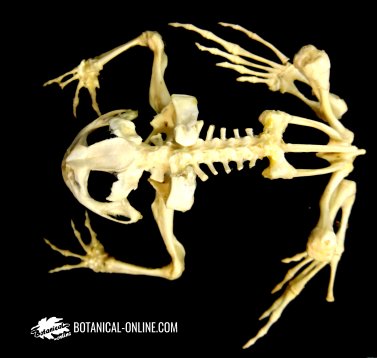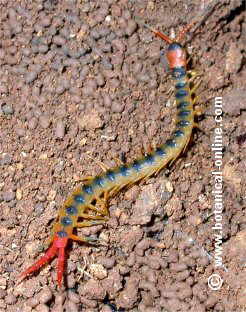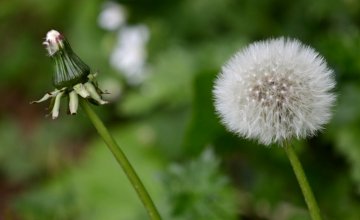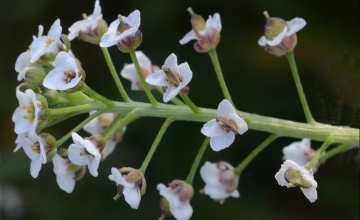Contents
What is a Siberian chipmunk?
Characteristics of Siberian chipmunks
Common names: Common chipmunk / Siberian chipmunk
Scientific name: Eutamias sibiricus
– Scientific classification:
Class: Mammalia
Orden: Rodentia
Familia: Sciuridae
Features:
- Length: 18 – 25 cm.
- Weight: 50 – 150 g.
- Habitat: Forests.
- Geographic range: Eurasia (China, Korea, Japan, Russia).Eurasia (China, Korea, Japan, Russia).
- Behavior: Diurnal, terrestrial, sedentary, hibernating species.
- Food habits: Omnivorous (Fruits, seeds, mushrooms, insects, bird eggs, lizards).
- Reproduction: Gestation: 28 – 35 days. Birth: 4 and 6 babies.
- Enemies: Birds of prey, cats, weasels and other mustelids.
- Lifespan: Up to 10 years in captivity. Up to 5 years in the wild.
Physical description of Siberian chipmunks
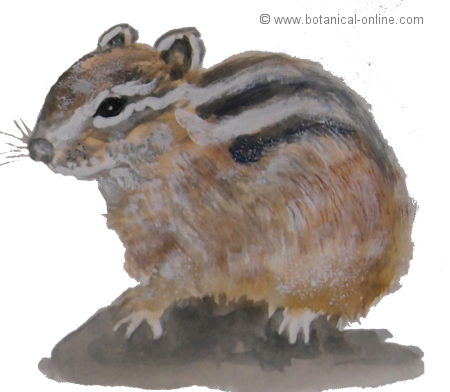
Siberian chipmunks are small beige and gray rodents. Their body is covered with five dark brown bands.
Life expectancy of this mammal species is about 7 years, since they have a longer life than most rodents. Siberian chipmunks females live longer than males.
How is this squirrel species?
Siberian chipmunks weigh about 100 g and they have a length of 20 cm, tail included, being it is as long as their body.
These squirrels are fitted with long nails on their four fingers and on their five toes. By means of these attributes, they can climb with great skill.
They present cheek pouches like hamsters. Cheek pouches are bag-like structures on their cheeks used by rodents to transport food.
Siberian chipmunk behavior
These animals exhibit a diurnal activity. They move on the ground, but also climb trees in search of food, because they are very active creatures.
Siberian chipmunks are rodents that are halfway between true squirrels, having an arboreal behavior, and behaving like prairie dogs, of terrestrial habits.
These mammals hibernate more or less time, according to the area where they live. The harder the environmental conditions are, the longer the hibernation time they spend.
A single squirrel of this species is able to store more than 2 kg of supplies in its burrow.
Where these animals live?
Siberian chipmunks occupy an extensive region of Eurasia, from the Siberian taiga to Korea, central China and some islands of Japan.
Siberian chipmunks as pets
These animals are sold as pets because they can be good pets for some people. However the disadvantage for children to own pets like this is due to the fact that they are mainly difficult to capture. To be able to pet Siberian chipmunks it is necessary to breed them from young age and to be very patient. In spite of this, it will be very rewarding to achieve it, because it is very beautiful to observe these creatures quick and agile movements in a peaceful situation.
Another disadvantage is their high sale price because it is not very usual to find them in the market. However, Siberian chipmunks are easy to maintain because these mammals do not present high care requirements.
If we want our squirrel not to bite us, we will have to buy it young, when 10 and 16 weeks old, and it should be acquired preferably from breeders who has reared it by hand.
![]() More information on other wild animals.
More information on other wild animals.


